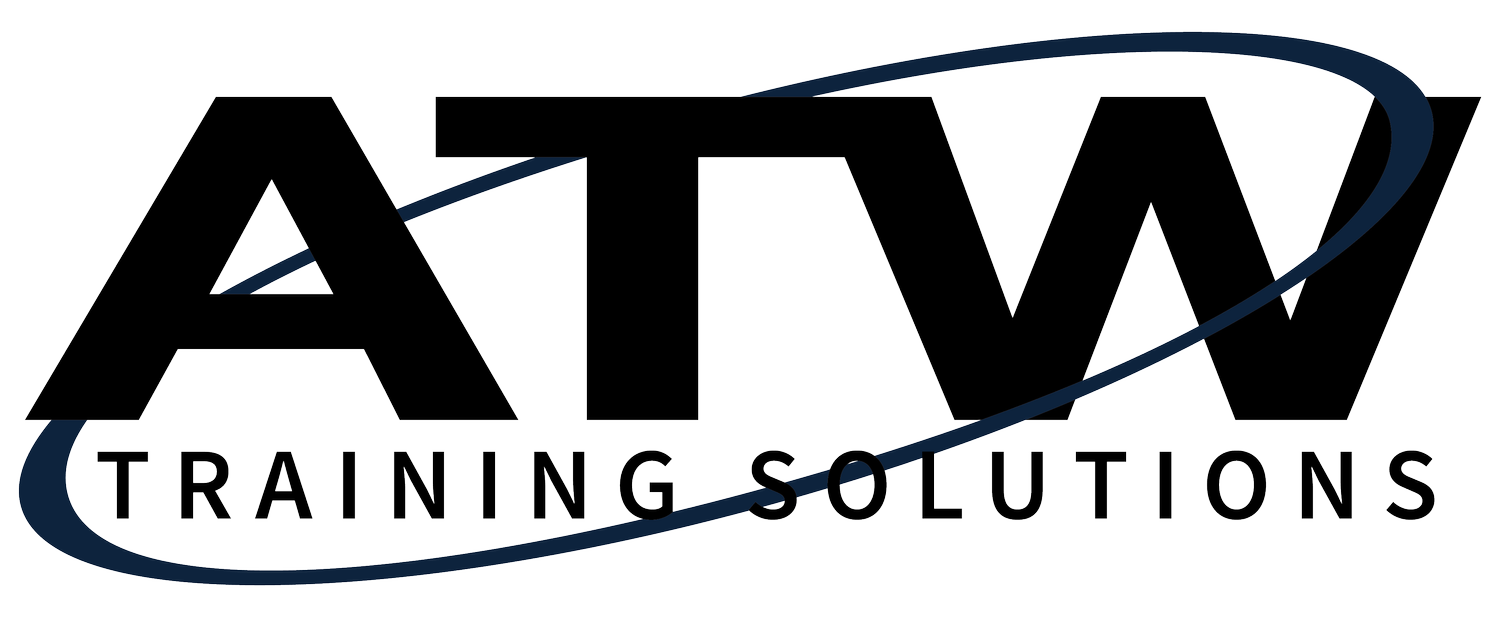Why Hands-On Training Is The Key To Maximizing Job Success
By: Nikita Shivdasani and Dr. Robert Beatty
Traditional learning practices will always have their place in education. However, in the real world, some things can’t be learned by watching another individual do a task or having it explained; it takes actually performing the task in a safe, protected environment to learn how to do it right.
Robert Beatty, MD, founder of Provider Practice Essentials, saw this exact need in the medical field when his wife, a double board-certified family nurse practitioner, felt firsthand the challenges in finding a true clinical experience. While she was able to work hands-on with patients, this environment was often not set up for her success, and the stakes were so high that she was often too nervous to take risks and ask questions.
Together, the couple designed a solution that provides training for medical professionals across the country and gives professionals the confidence and procedural mastery needed to excel in their field. Dr. Beatty says:
We truly believe that everyone learns differently. It is important to find a method that allows an individual to learn at their pace, by their best method, for long-term retention and application.
Crafting this teaching method can feel like it’s easier said than done, but Dr. Beatty has found there are three key elements to any quality training program that ensure students get the training they need and build the confidence that will be essential to their success.
Related: Learn More About ATW Training Solutions
Space.
A student can read something a hundred times over, but until they actually do it, there’s no telling how well they can perform a task. Hands-on training allows one to be actively engaged with immediate practice in the new skill they are learning, which is essential to information retention, Dr. Beatty says.
A 2019 Brookings Institute study found that people going into the technical field in the San Francisco Bay area who spent their money and time on traditional education were not as productive as those who went on to receive hands-on training in internship positions.
Hands-on learning offers time and space to think through each action, as well as support from teachers who can provide real-time feedback. That is another vital component Dr. Beatty wanted to inject into the Provider Practice Essentials program. He says:
Giving students space to fail is really important. Especially when they can get immediate feedback. It helps them learn in the moment and focus on doing better in the future.
Comfort.
Hands-on learning with other like-minded professionals is a lot more fun and engaging than attending a lecture or reading educational literature. Just like in an office or job setting where employees are required to work with teams, the same is typically true of training experiences.
A quality training experience should have just as much emphasis placed on the people as on the work. If students feel comfortable with the people they are learning from and with, they are more likely to engage with the material, ask questions, and work harder. Dr. Beatty says:
A comfortable environment is important for learning. There cannot be a fear of awkwardness. This allows for personal interaction as you boil down extremely challenging concepts into manageable pieces of educational content. This way, large concepts feel easier to grasp and more exciting, which translates to better retention of the smaller details.
A comfortable and approachable classroom environment also empowers students to interact with teachers and possible mentors. When a mentor can see someone’s strengths and weaknesses firsthand, they can work to better equip an individual with the skills they need to be successful. Conversely, students who feel they are struggling or have questions that go beyond the classroom feel like they have a trusted resource in their instructors.
Confidence.
Above all else, Dr. Beatty said, students who complete hands-on training should be filled with confidence. If they have completed the program and feel confident in what they have learned, that will shine through and make them an instant asset to any organization.
What’s more, those students will be more likely to seek out learning opportunities within their field and be an asset to their teams now and in the future. After all, learning is not something that ends after education is finished, but something that should be continued throughout a career. He says:
Training can provide confidence, procedural mastery, and plant a seed for lifelong learning from a different perspective.
There truly is no substitute for hands-on training, but the way that training is provided matters. An excellent hands-on educational practice will combine these three elements to ensure students have a space to learn, ask questions, and build the confidence needed to step into their field and make a difference.
—
Nikita Shivdasani is an experienced communications professional. Her expertise lies in helping brands communicating their USP and building their profile within the market. She is a firm believer that one must strive for excellence to bring in the right results.
Dr. Robert Beatty, a board-certified leader in emergency medicine and founder of Provider Practice Essentials, recognized a need for collaboration between all educational backgrounds. He founded Provider Practice Essentials, a medical education company tailored for advanced practice providers to provide a collaborative educational resource for professionals in the healthcare industry. To learn more, visit here.
